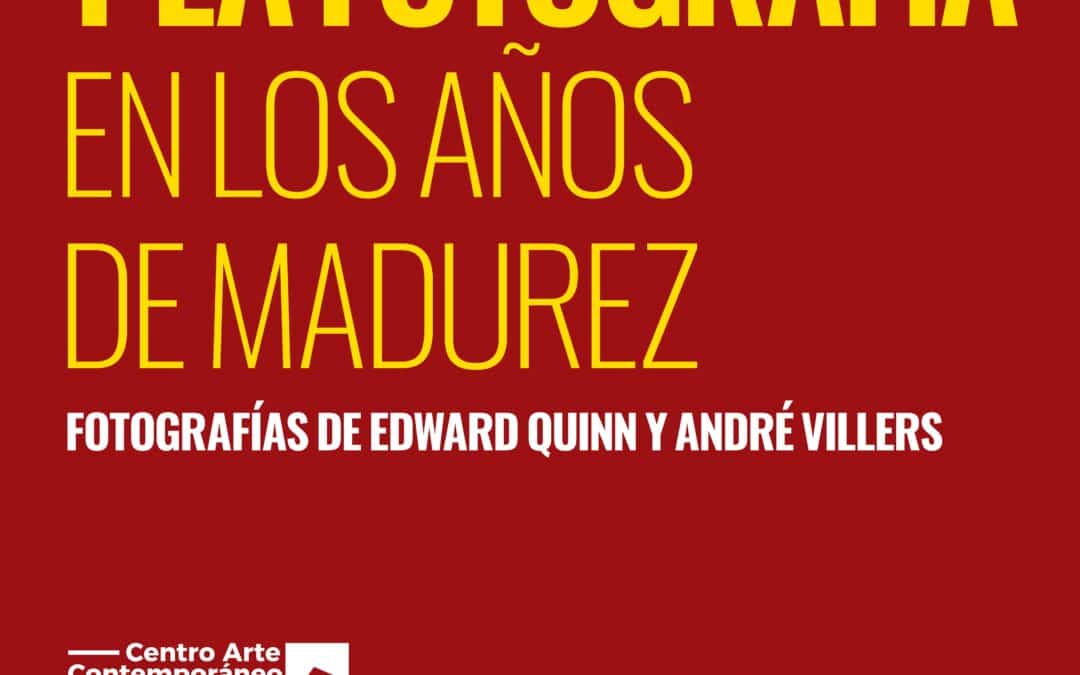Many photographers and friends immortalized Picasso throughout his life—from Jean Cocteau to Man Ray, from Brassaï to Henri Cartier-Bresson, from Richard Avedon to Cecil Beaton, and from Robert Doisneau to Irving Penn, among many others. Almost all of them left their mark on the history of photography and, in some cases, on the history of 20th-century art, literature, and culture. However, very few had the privilege of sharing the artist’s private world. Among them stand out Edward Quinn and André Villers, who accompanied him until the end of his life.
EDWARD QUINN
Edward Quinn was born in Dublin in 1920. After completing his studies, he held various jobs. He devoted himself to music, playing the guitar and other instruments, and even performed publicly as a singer. Later, he turned to photography. In 1950, he published his first photograph in the Irish Independent. He then moved to the French Riviera, which was the epicenter of social life at the time. As a correspondent for Paris Match, he photographed major stars, directors, intellectuals, and icons of the era—Charlie Chaplin, Orson Welles, Alfred Hitchcock, Jean Cocteau, Henri-Georges Clouzot, Gary Cooper, Burt Lancaster, Luchino Visconti, Frank Sinatra, Spencer Tracy, Sophia Loren, Brigitte Bardot, Kirk Douglas, Grace Kelly, Gregory Peck, Audrey Hepburn, Aristotle Onassis, Winston Churchill, and John F. Kennedy, just to name a few.
Quinn was not merely a paparazzo capturing the glamour and hedonism of the Riviera’s golden age. A keen observer, he also documented the dry urban realism of Irish towns and landscapes with great skill and talent.
He portrayed the reality of Gypsies and Roma on pilgrimage to the Mouth of the Rhône in Les Saintes-Maries-de-la-Mer, photographing their festivals, dances, and rituals, capturing the complexity, depth, and poetry of their culture—even in the simplicity and essentiality of everyday life. He also dedicated himself to photographing artists of the caliber of Hans Hartung, Francis Bacon, Salvador Dalí, Max Ernst, Alexander Calder, Graham Sutherland, and Georg Baselitz.
He met Picasso in 1951 in Vallauris, during one of the first ceramics exhibitions held there. The meeting was picturesque and perfectly illustrates the rapport that developed between the two. After a photo report, Quinn earned Picasso’s respect thanks to his talent, discretion, and reserved nature—as well as his unique way of working: natural and spontaneous, without artificial lighting, without a tripod, and without requiring Picasso to pose.
In the summer of 1955, filming began on Le Mystère Picasso by Henri-Georges Clouzot at the La Victorine studios in Nice. Edward Quinn took several photos of the filming, and Villers also captured some images of the process. During the shoot, Picasso painted two works titled Baigneurs and La Garoupe.
Quinn authored The Private Picasso: A Photographic Study, contributed to the book Picasso at Work, with texts by Roland Penrose, and created the documentary Picasso: The Man and His Work.
He passed away in 1997 in Altendorf, Switzerland, where he had retired in 1992 due to declining health.
ANDRÉ VILLERS
André Villers was born in Beaucourt, France, in 1930. At the age of 17, he contracted a severe form of bone tuberculosis and was admitted to a clinic in Vallauris. Immobilized in bed for about five years due to the illness, he listened to jazz music and developed a deep passion for photography, which he learned to practice by delving into the use of the camera obscura. His great determination and willpower to overcome physical barriers enabled young André, through a long and complex rehabilitation process, to overcome his extremely difficult physical conditions.
In 1953, while walking through the streets of Vallauris, he happened to meet Picasso and took a photograph of him. Later, Picasso himself would gift André his first camera, the legendary Rolleiflex German camera. This marked the beginning of a friendship and collaboration that would last until the painter’s death in 1973.
They began working together, activating a common search through experimentation that fused painting and photography. This gave birth to a unique synthesis between the two arts, transcending their respective boundaries and opening new horizons. They reimagined Cubism after fifty years, generating what became known as «photographic cubism.» They explored new developing and printing techniques with Picasso’s works, achieving a complete fusion between photography and painting. This went beyond mere artistic production to create an independent form of art that combined different mediums and instruments.
In singular harmony, they created hundreds of images and photocollages. In 1962, thirty of these images—Villers’ «photographic interpretations» of Picasso’s cut-outs and overlays—were selected for the book Diurnes, with texts by Jacques Prévert, published by the renowned German art dealer and collector Heinz Berggruen. Villers also authored essential books showcasing images of the artist, such as Portrait de Picasso (1959), Picasso à Vallauris (1987), and Picasso dans l’œil de Villers (1990).
His photographic work testifies to and documents the complete artistic project, the work, and life of the Master in a unique and extraordinary way. Villers passed away in Mougins, France, in 2016.
Both Edward Quinn and André Villers gained Picasso’s trust and were able to capture his everyday life. Thanks to the technical-artistic sensitivity of both photographers, we can explore the last part of Picasso’s life through different approaches and perspectives. Ultimately, the photographs in this exhibition offer a glimpse into his intimacy, revealing the man behind the artist—a man rich in passions and qualities, yet also filled with quirks and obsessions, such as his fascination with masks, which Picasso both donned and removed in some of these exceptional photographic series.


